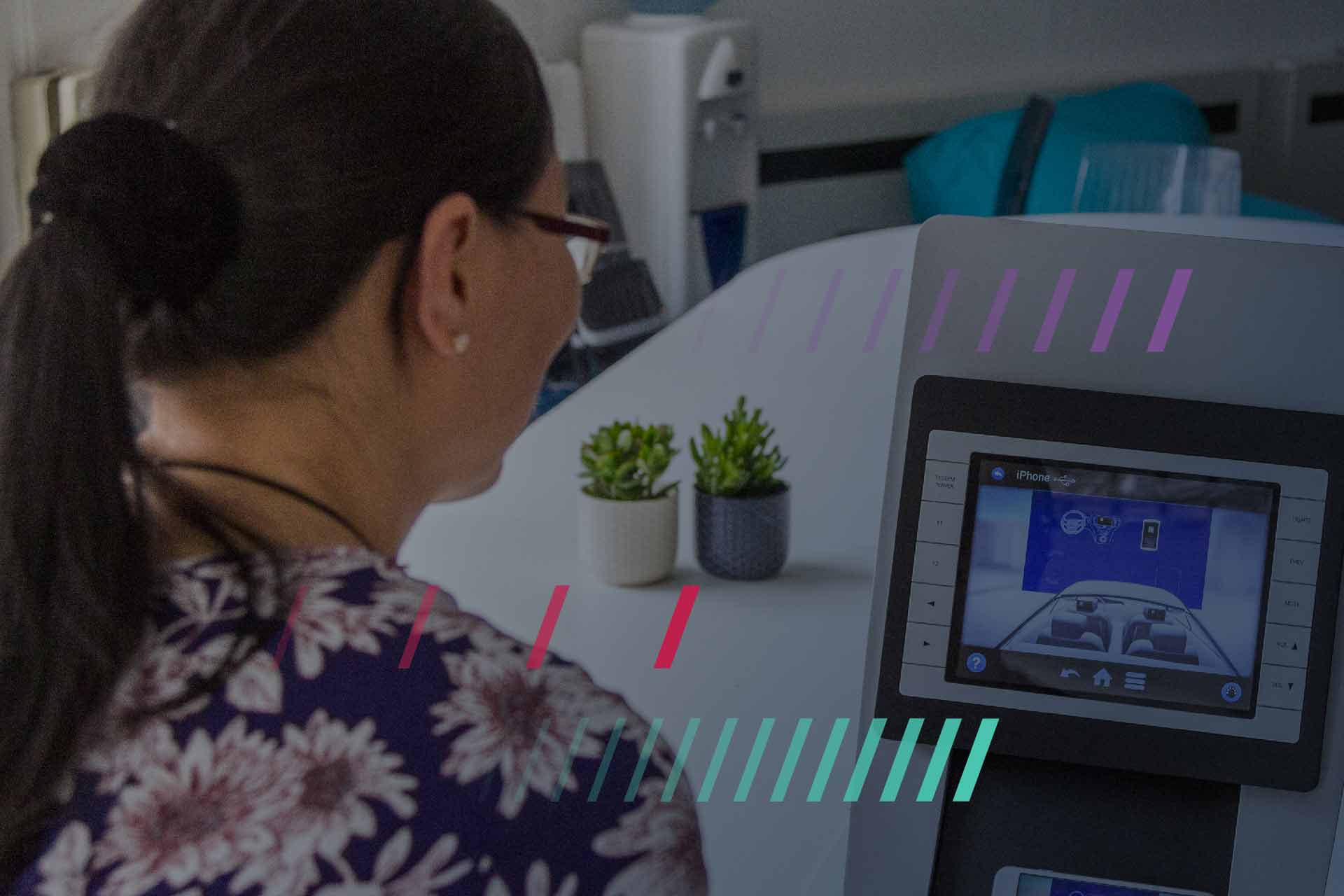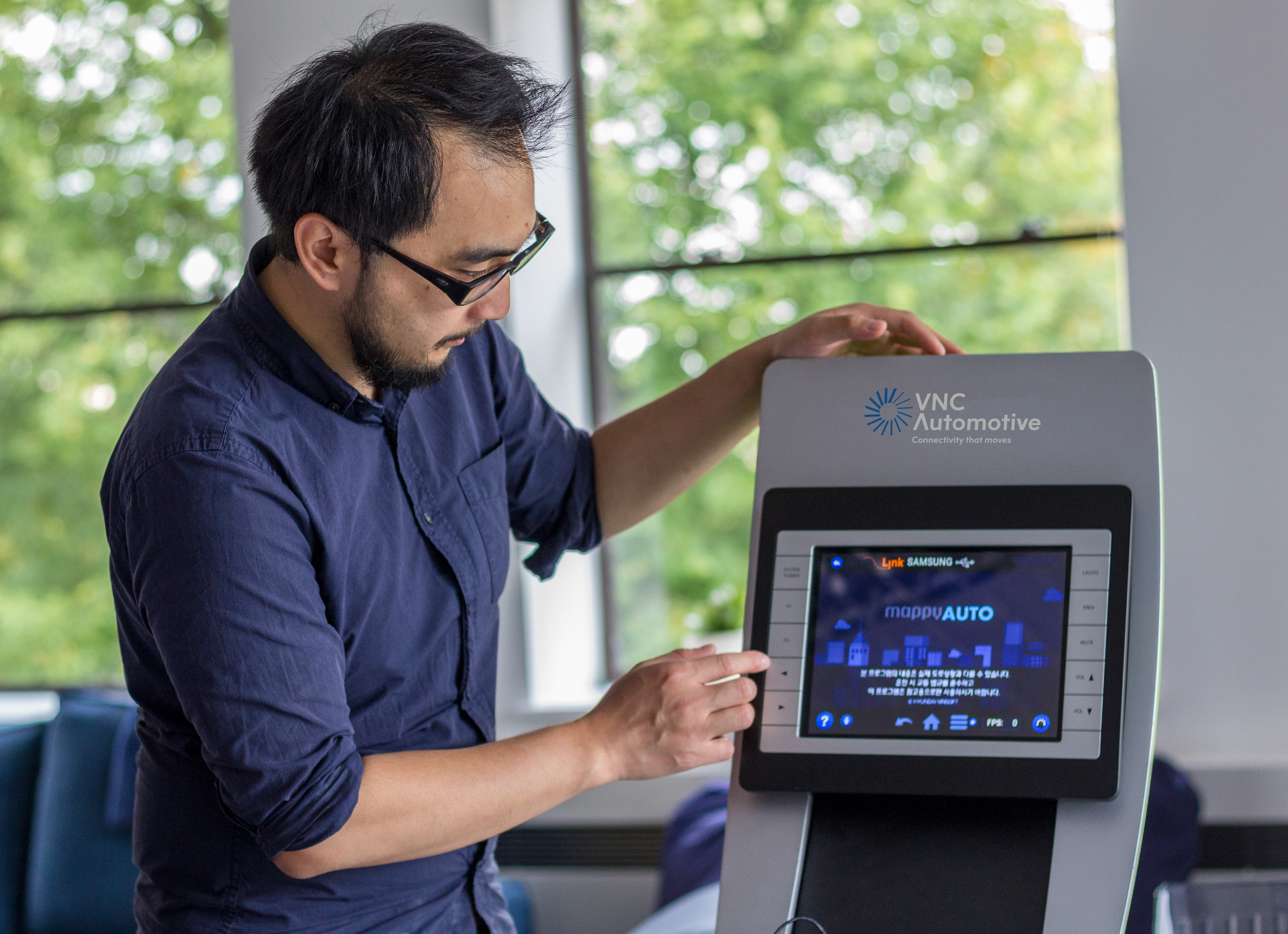By:
VNC Automotive
Date:
31st October 2019
These days mobile devices and motor vehicles must work safely, and harmoniously together – and there’s a software certification process to make sure it happens. There are five steps involved. VNC Automotive have supported many of the world’s leading auto OEMs and Tier 1s through this process, so here we outline how to achieve efficient, cost effective and streamlined certification.
What is software certification, and why is it needed?
Car meet phone, phone meet car.
Today it’s commonplace for cars and mobile devices to connect with one another. To make sure they play nicely together, software certification that validates compatibility between the vehicle and the connected device has become a vital part of the manufacturing process. In this article, we break down the five steps of automotive software certification.
But firstly, what is software certification? Think of it like this. Any technology whose functionality depends on the integration of different devices or components generally requires certification to validate that the separate parts are compatible. It’s all about providing peace of mind that the end product will perform as designed: safely and reliably.
It’s no different when it comes to smartphone connectivity in modern vehicles, which involves integration between mobile devices and the in-vehicle infotainment system. As a manufacturer, you want peace of mind that your vehicle system will work correctly with whichever device the customer wants to connect, without compromising critical systems.
“These days mobile devices and motor vehicles must work safely, and harmoniously together.”
No certification, no smartphone
Customers meanwhile want to know that the digital features they expect will work reliably within their vehicle. Consumers are increasingly making vehicular buying decisions based on the smartphone connectivity provisions. Certifying your product allows manufacturers to promote reliable compatibility confidently. Technology providers such as Apple and Google understandably require implementations of CarPlay and Android Auto to be certified before an auto OEM commences production, and ultimately marketing of CarPlay or Android Auto within that vehicle.
An important process, then. Here are the five steps involved to obtaining automotive software certification.

Step 1: Decide on the standards that you want to implement
What mobile devices are your target audience using?
It’s a key question. Because when it comes to connecting mobile devices to the car, each technology provider has their own certification standards – such as Android Auto, CarPlay, MirrorLink, CarLife, SDL and so on. Each works in a slightly different way and places different demands on your software engineering team. As such choosing which standard(s) to implement isn’t always straightforward.
To further complicate matters, some standards are only available in certain regions. For instance, Google Play Services, on which Android Auto depends – of course – is blocked in China. In short: auto OEMs must carefully consider the type of devices (make, model and operating system) that are used by the target market in each of the global regions they market their vehicles, before implementing the necessary certification standards.
In an ideal world you would make sure your car is compatible with all of the most popular standards – i.e. the driver/passenger(s) would be able to connect with the car no matter what type of mobile device they were using. That, however, would require an awful lot of engineering work. Therefore, OEMs must balance audience reach with the realities of time and cost.
Step 2: Implementation
The next step is actually to implement the standards. That means developing the code that will enable a mobile device to integrate with your vehicle. This is the most time-consuming and costly part of the certification process. The implementation stage requires writing tens of thousands of lines of code. And each certification standard is different.
The certifying body – for instance, Apple or Google – will provide your software engineering team with guidelines that explain how to implement the standard. Sometimes example code will be provided. Sometimes not. The one certainty is that code must be written to the standards provided by the certifying body.
Otherwise you won’t get beyond the next step.

Step 3: Internal testing
The next step is to put your coding through its paces. This encompasses both in-house simulations and real-world testing on cars. Often called interoperability testing, you will test your code using a variety of the target devices that you have engineered for. As well as testing that the basic features work you also need to test that the integration with the rest of the car’s systems (audio, location data, HMI) and the user-experience works as expected.
If you encounter problems, you will need to go back to Step 2.
Step 4: External testing
The standards body will only trust test results from their approved independent test houses. These test houses could be many hundreds of miles from your premises. This step involves sending a test bench (which simulates a car dashboard and IVI head unit) to an official test house to verify whether or not the software integration meets the necessary performance and certification standards.
The test house will test your code – rigorously. If the test house identifies problems, you will need to go back to Step 2.
Step 5: Submission
The green light from the test house enables you to begin the submission process. Next, you must prepare a submission document for your certifying body that includes the product plan, specifications and testing documentation. Everything must be accounted for.
The standards body will review your document, analyse the results from the test house and conduct tests of their own before deciding whether to approve your application for certification. Based on their analysis, you may be asked to change some aspects of your code (go back to Step 2) or retest certain functions (go back to Step 4).
Timelines: How long does the automotive software certification process take?
We live in an age of consumerism and immediacy. But it takes a lot of time and resources to write, test and certify code to automotive production grade standards. Once you have decided on the standards you want to use, implementation and internal testing can take anywhere from one year to multiple years, depending on the size of your software engineering team. Then there’s the external testing, which can take another month or more depending on the results. Most of the certifying bodies will then take around a month to review the results of the test house and certify your product.
How does VNC Automotive make certification faster and less resource intensive?
Obtaining automotive software certification is already a lengthy process, so it’s important to consider alternative solutions to save time and money wherever possible. A ready-to-go software solution would cover 90% of the implementation stage and relieve pressure from internal software development.
OEMs would save time on any product testing as well. Managing multiple technologies on the same head unit can prove a challenge as there may be issues with everything operating at the same time. With a ready-to-go solution, manufacturers would have confidence that any software would be certified at the time of asking. The entire process could potentially take just three months instead of two years.
VNC Automotive provides ready-to-go software solutions for some of the largest OEMs in the automotive industry. Discover more about working with us.
You may also be interested in:
>> 6 ways VNC Automotive transformed vehicle connectivity…without you noticing
>> 4 ways to simplify the automotive technology cycle
>> Why OEMs need a modular approach to IVI systems for top customer experiences

Takeshi
31st October 2019
